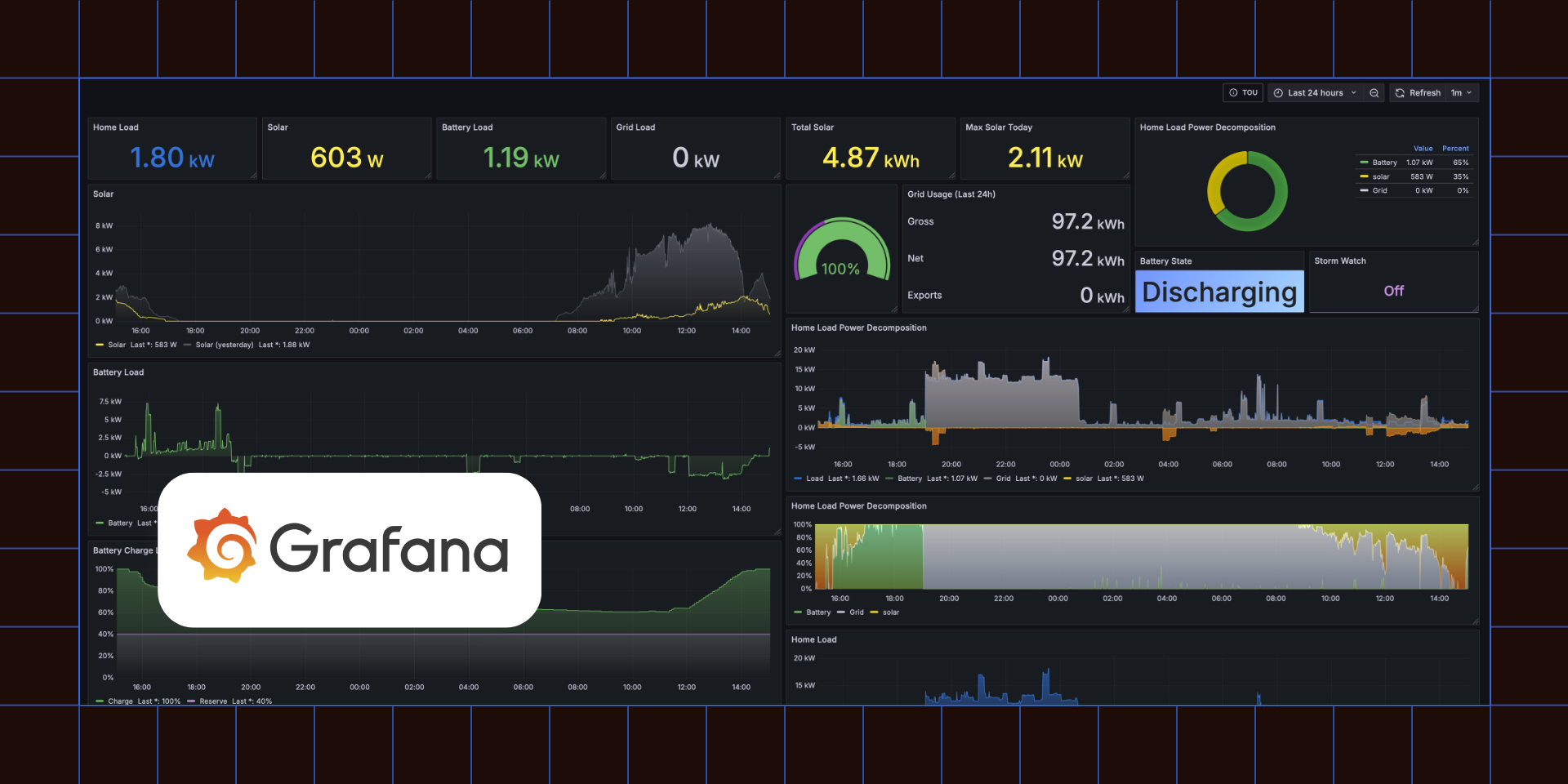
Fivetran feeds Nando’s appetite for data
- Fivetran and Hightouch save Nando’s 80% of time by automating ELT & data integration workflows
- Nando’s uses Google BigQuery as their data warehouse to power decisions around customer loyalty program, benefitting their bottom line
- Fivetran and Hightouch enable more access to data in marketing tools and more targeted campaign segmentation
- Data team freed up to work on higher value tasks
- Integrating data sources delivers new insights

Famous for its flame-grilled peri-peri style chicken, the Nando’s takeaway chain has taken the world by storm, growing to over 1,200 outlets in 30 countries. The United Kingdom and Ireland operation runs +450 outlets across the two countries and serves 12 million customers – the goal is to continually improve and serve them even better by becoming data-driven in the UK & IRE.
The Challenge: Slow and inflexible infrastructure
Nando’s built its success on providing customers with a great dining experience, and wants to continue this mission by using data to better communicate with customers. Miquel Puig, Technical Lead on the Engineering team and his team, are responsible for ensuring the infrastructure can support data-driven marketing strategies, particularly around customer loyalty and the rewards programme.
The problem that Puig faced was that their existing infrastructure was not meeting the demands of the business.
“It was quite challenging, especially from a marketing point of view. They need fast access to reports and dashboards to help them run successful campaigns and action the data and we just didn't have that flexibility,” he said.
In addition to Puig, the data team has three analysts, two data engineers, a product manager and a platform manager. Using an ELT approach, engineers manually worked on data pipelines and analysts made business decisions based on data at the ingestion stage. One use case was turning end-of-day data from the outlets into insights that informed loyalty and reward programs.
“Whole databases had to be replicated every day and it was very hard to model,” said Puig. “Obviously, it was far from optimal. The team spent quite a lot of time building one of those pipelines and it went far from perfect.”
[CTA_MODULE]
The Solution: Clear view of trustworthy data
The decision was taken to start from scratch, and move the business’ data from SQL server to Google Cloud Platform. BigQuery was chosen as the data warehouse at the centre of a modern data stack; Fivetran was selected as the data source connector alongside Google Cloud Resources, Looker for BI and Hightouch as the Reverse ETL and data activation solution.
The goal was to have infrastructure that provided flexibility and visibility, giving the business a transparent view of data that it knew it could trust. The team wanted to standardise and document the process, and avoid relying on a single engineer to build a pipeline in the ingestion phase while making business decisions at the same time.
“We wanted to have the data in the data warehouse and marketing tools as soon as possible, including real time. That was our main criteria for success from the technical point of view,” said Puig.
Fivetran was chosen over Stitch for data integration because of its flexibility, ease of use, and speed.
“We compared Fivetran and Stitch’s Stripe connector. We went with Fivetran because the volume-based pricing was more transparent, and for being close to our tech stack in GCP.” said Miguel Puig Garcia.
Stripe and Zendesk were among the first applications to be connected for transaction and customer interaction data respectively, followed by third party data coming in over SFTP. Tight integration with Google Cloud Platform was another Fivetran feature that was important to Nando’s.
Hightouch was chosen as the Reverse ETL solution because of its clear UX, which is welcoming to both data practitioners and marketers. Hightouch sends data from the warehouse to power business tools and workflows. Hightouch had superior integrations with the Nando’s marketing stack, allowing them to send a 360 view of customers to the campaign tool and ad networks like Facebook and Google Ads for personalized campaigns. The team also benefited from Hightouch’s advanced data features that handle large volumes of data, such as auto-retrying rows of data when errors or API rate limits are hit.
The Results: Granular insights for more targeted marketing
The biggest benefit from the modern data stack is seeing how the business is performing on a granular level, from the most profitable restaurants to what customers are ordering. Fivetran pulls payment data from Stripe that feeds Looker dashboards, giving the business fast access to insights on everything from deals on meals to possible incidents of fraud. Once data is in the warehouse and modeled, Nando’s uses Hightouch to send modeled data on users, such as their most recent orders and their loyalty status, to their campaign and segmentation tools. The Marketing team is then able to use that data to activate campaigns much more quickly than before, whether in reaching platinum customers with special offers during the holidays or targeting gold customers with customised emails. As a result, Nando’s was also able to update customers during the Covid lockdown. Warehouse data enabled the business to target customers by postcode and let them know when an outlet in their area was reopening.
As well as making marketing more effective, the new stack has liberated the data team from time-consuming tasks.
“We used to spend 80% of the time moving data over to build campaigns; that’s fallen to 20%. It means we can focus more on building engaging emails and making sure we have the data back from campaigns to analyse,” said Puig.
Integrating different data sources has enabled more sophisticated types of analysis. By correlating transaction data from the tills with platinum and gold customer purchases, the loyalty team can analyse the effectiveness of their programmes and tweak them accordingly. “We also want to understand where customers are ordering from,” said Puig, “if it's through a delivery partner or at point of sale.”
Going forward, the plan is to move away from email and explore other digital channels, such as Push messaging. It’s all part of a journey enabled by the modern data stack –we are putting all pieces together to make this happen, according to Puig.
“I wouldn't say we are a completely data-driven business yet, but we are getting there. We want to be much more democratic with our data,” he said. “Early next year we are planning to use more data in different product teams to make decisions on what we want to give our customers. The infrastructure is there, now it's up to our teams to build those pipelines.”
[CTA_MODULE]

Learn how automated data movement boosts productivity and accelerates insights for your business.
Download the report
How real Fivetran customers accelerate analytics and AI
Get the guide



















